NOV 20, 2021, SATURDAY:
ANTALYA ACCOMMODATION CHOICE
Antalya is the gateway to both the Turkish Riviera and the Turquoise coast, as well as some of Turkey's most impressive archeological sites. We wanted to stay in Kaleici [pronounced 'Kah-lay-ee-chi'] – the historic walled center that dates back to Roman times, but now forms the heart of the modern city. But we did not get accommodations with kitchen, parking for the price we were looking for.
All recent research suggested Antalya is too crowded and better option for charm and less crowds is to stay in Side [pronounced see-day]. But it's more distance to the airport from the apartment we chose by an hour. Our apartment Ale Boutique was just 22 km from the airport, right near the highway but in a secluded posh residential area away from noise. BIM was 200 m away and we stocked up
But the roads were always crowded and we did realize the comments we had read were all true. It was a negative impact and we always had a sigh of relief when we reached home battling the jam on the roads. Side was calm and serene by comparison and would have been a nice base, albeit with more travel time for the sight seeing we did.
Antalya Archeological Museum
Antalya Archeological Museum is just 5 km away from our hotel. It was our first point of visit.
The museum has displays from the Bronze Age to Byzantium, though it's best known for its exhibits of fine statuary created during the Hellenistic and Roman eras of ancient cities such as Perge, Xanthos, a
The museum is very well curated. Exhibits have labels with their age/period, usage etc.... in English as well. Really adds value when you read the pottery you are seeing is from 500BC!Halls of Ceramics and Small Objects
Below is an amphora used for storing/transporting wine/olive oil
These are archaeological finds from Perge
Children's section
In a hall specially prepared for the youngest visitors there are miniature models of the most important historical monuments in Turkey. Children can see the ruins of ancient cities of Perge, Aspendos and Patara, take a look into Karain Cave or a household from Çatalhöyük as well as the fortifications of Alacahöyük or admire the Lycian rock tombs of Myra And Patara.
Emperors Hall
Along the walls of this room splendidly preserved statues of Roman emperors are displayed, together with their wives and other important figures.
Emperor Hadrian sternly observes the visitors and is easily recognized by his trimmed beard. Actually, there are three statues of this emperor in the hall - two of them present him in full armor and one is classically naked. The beard of Lucius Verus is even more impressive, but unfortunately not much has been preserved from his statue.
Emperor Trajan is depicted in beautiful armor and, in contrast to Hadrian, clean-shaven. Septimius Severus was portrayed in a playful mood, quite surprising for an emperor known for his serious attitude to life. The imposing statue of a woman is actually dedicated to Plankia Magna who played a significant role in the development of Perge in the golden age of the city.
The Hall of Gods
The Hall of Gods, as its name implies, is dedicated to the statues of ancient gods and goddesses. They were also made in Perge, in the 2nd century AD, but in majority are just the copies of older, Greek statues. Naked Apollo stares dispassionately into the distance, Artemis - the goddess of hunting - has lost her bow, Athena's breasts are covered with a buckler from leather scales, with the head of Medusa in its center.Mosaic Hall
The center of this hall is used to display ancient mosaics that were found in Lycia region, in Seleukeia and Xanthos.
The walls are lined with the statues from various locations, including Hermes and Meleager from Perge and a woman from Rhodiapolis. The most stunning exhibit from this section is a three-headed statue of Hekate, the goddess of the underworld, excavated in Pisidian Antioch.
Perge Theatre Hall
Heads and Portraits Hall
Sarcophagus Hall
Another wonderful example is the sarcophagus of Domitias Julianus and his wife, made in the 2nd century AD.
Additionally, there are sarcophagi for children and one, extremely rare, prepared especially for a dog. A separate part of the exhibition is devoted to the funeral customs of the ancient period. Some attention is also devoted to the exhibition of monumental tomb of the king of Lycia - Pericles - from Limyra, the 4th century BC.
The famous WEARY HERACLES [HERCULES]
Icons Hall
Hall of Coins
Museum Garden
We had our lunch in the car as the stray cats were very aggressive... see one has jumped on the car nearby and is eyeing us!!
COULD NOT DO THE OLD TOWN WALK AS PLANNED:
Karaalioğlu Park
This is the Hıdırlık Tower, which dates to the second century.






















































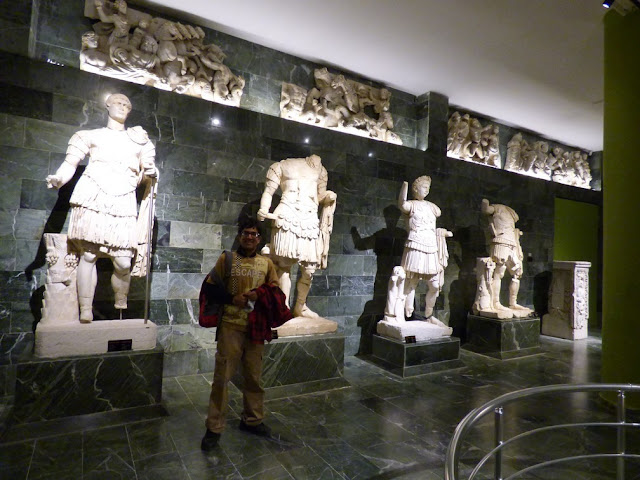





























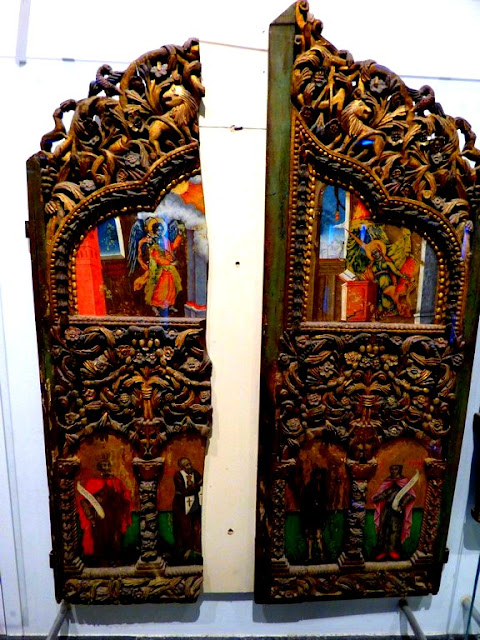














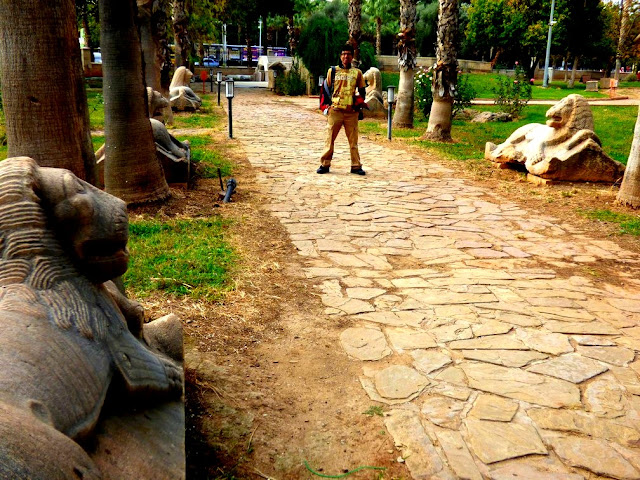





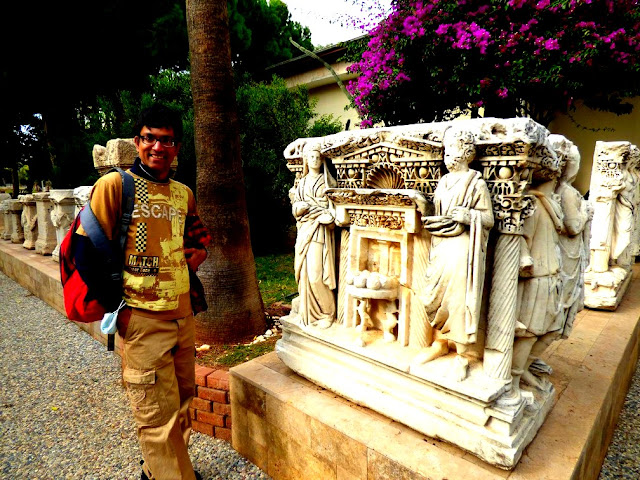


















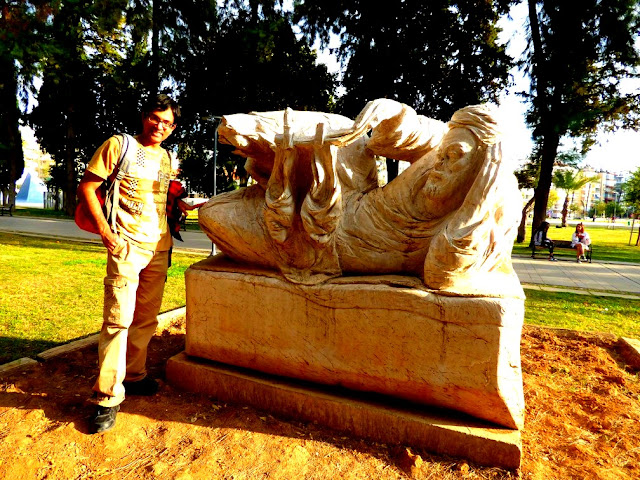









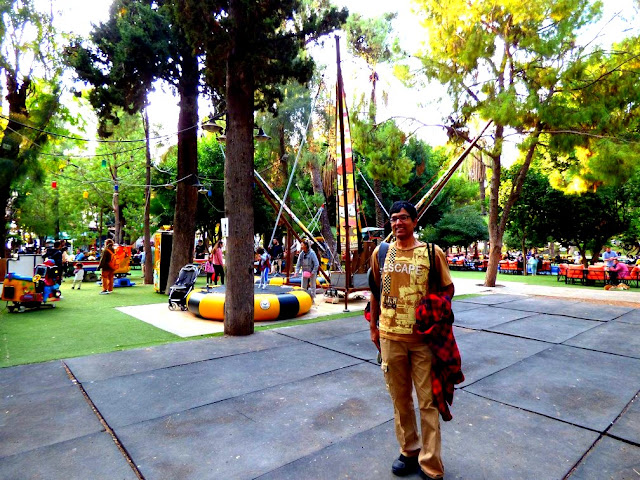





No comments:
Post a Comment